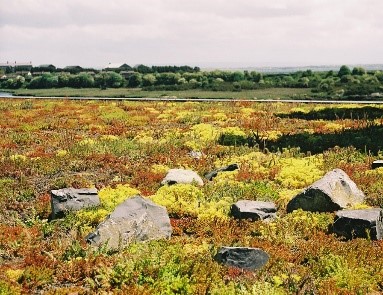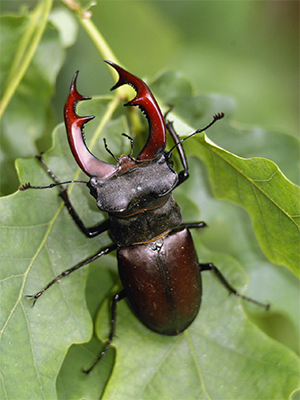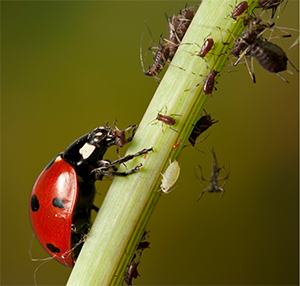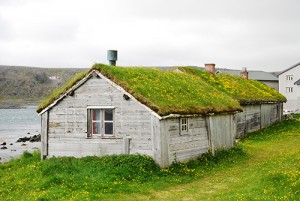An Urban Greening system should offer material, plant and establishment potential to a wide range of species.
The system should be used to refine and encourage locally identified ecology and designed to benefit a wide range of wildlife and plant material.


Practical Bio-diversity
- A system must offer a range of plant species that provide medium to long season flowering potential
- The system needs to be able to sustain foraging insects so flowering cycles should be both varied and ideally offer pollen and nectar sources from March to September
- A range of pollen and nectar sources is also important, single genus systems are not sufficiently diverse to sustain a wide range of wildlife species that include insects, bees, bats and ground dwelling birds that feed on insects foraging nectar banks
Ecological Allowance
To embrace ecology a system must offer flexibility and a variety of :
- plant material, species diversity for sustainable wildlife development
- contours to offer a range of establishment options for plant and insect species
- habitat consideration for ground dwelling and foraging species
- open substrate areas to benefit invertebrate development


A system with poor ecology will:
- only offer partial foraging sustainability, if species cannot find alternative local pollen and nectar sources they will disappear
- lower species provision although environmentally strong and functioning as a pollution and carbon sink is ecologically poor and offers low bio-diversity leading to low species development
Sustainability and the environment
Urban greening systems should be as sustainable as possible. No living system is maintenance free but they should be able to self manage to some extent and evolve under acceptable roof management plans.
To be sustainable a system should:
- Not require excessive maintenance and input to maintain performance
- Be constructed using sustainable components sourced local to site or regionally where possible
- Require intervention only during extreme periods of environmental pressure and stress
- Provide suitable bio-diversity and ecology for locally identified species of plant and insect
- Not contain components that need to be regularly changed, replaced or maintained
Environmental impact
- An urban greening system should benefit the local environment and should impact its location as minimally as possible
- The requirements of the system should be designed to minimise environmental impact on the site, route to site and region
- Regionally sourced materials should be considered to reduce transport miles and the impact on the environment of moving materials to site
- Environmentally friendly methods for moving materials to the point of installation should also be considered although cost efficacy and practicality should also be reviewed
Sustainability and Urban Greening
 It is vital that any urban greening system is developed with sustainability in mind. Systems that require regular intervention, excessive remedial maintenance or irrigation management are not sustainable and do not benefit the urban environment.
It is vital that any urban greening system is developed with sustainability in mind. Systems that require regular intervention, excessive remedial maintenance or irrigation management are not sustainable and do not benefit the urban environment.
Plant material if stressed does not perform its ecological or environmental function properly. Flowering cycles are aborted and pollen quality is poor.
The system must be able to perform under normal regional conditions with minimal outside influence.
Sustainable process will include the manner in which substrate material is produced, the distance that the material travels to reach site and the installation procedure.
Plant material is measured in its ability to evolve whilst still producing a flourishing system. A system with minimal species and incorrect analysis of site requirements will struggle and may never establish to the level expected without significant assistance.

